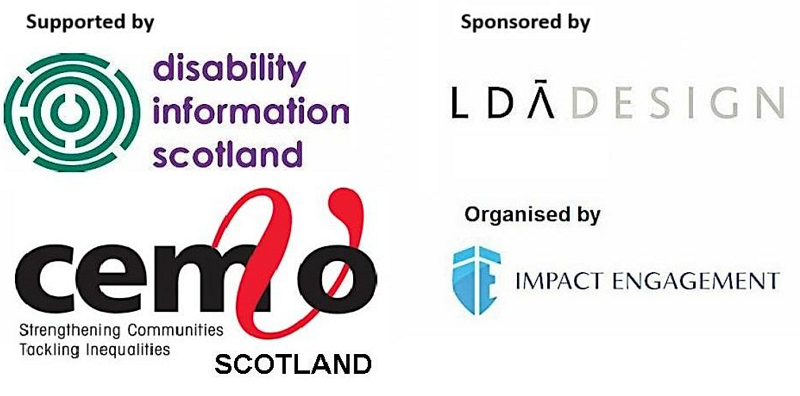
Welcome to the Sign Design Society
The Sign Design Society (SDS) is for anyone interested in information and graphic communication within buildings and public spaces, including:
- Wayfinding
- Interpretative graphics
- Brand and experiential/environmental graphics
- Statutory and health & safety signs
As well as raising the profile of our disciplines, we offer members a programme of events, resources and initiatives to help them:
- Keep up to date and improve their practice
- Find potential consultants, collaborators & employees
- Promote their work and capabilities
To join choose a membership plan that suits you and sign up!
Our events
There are no future events.

Interested in a membership?
News
2nd edition Sign design guide now available to buy!
The new edition of the guide continues to provide practical guidance to experts and non-specialists alike, based on both best practice in inclusive design and the latest research.
Third party events
Join ghost signs expert Sam Roberts for this Ghostsigns Walk. You’ll take a stroll through Stoke Newington, and learn about its fading painted signs. You’ll hear their stories told, and those of the businesses they represent, including: The walk lasts about an hour and fifteen minutes on foot. Many of the featured signs are included […]

The RGS-IBG Annual International Conference 2024 will be chaired by Professor Stephen Legg (University of Nottingham, UK). The Chair’s theme for this year’s conference is Mapping. The conference will explore mapping in all its forms, in a world that is saturated with maps, from historical cartography to the newest technologies and digital practices. Maps trace invasions, financial crises, pandemics […]

Talk by Rita Martelo, SDS member currently doing a PhD. Talk topic: The mobility paradigm is shifting towards sustainable and greener modes of transportation, with the bicycle gaining popularity across many European cities as one of the transformative modes of urban mobility. Bicycle maps can play a crucial role in promoting cycling as a sustainable mode of urban transportation by providing cyclists with useful wayfinding information about safe routes. There is a range of different styles and content depicted on cycling maps. A systematic review of bicycle maps from 27 European capitals has identified patterns and typologies of map design and representation. The review analysed how infrastructure is classified, design aspects including line style, symbols, layout, typography, and links with other transport modes. We also consider geographic versus abstract representations which we refer to as the fidelity of the cycle maps. The primary objective is to group bicycle maps into typologies of representation based on common design features and characteristics to uncover patterns and trends that will inform future design practice and offer guidelines for cities aiming to design or enhance their bicycle maps. Overall, this study seeks to contribute new knowledge to encourage the improvement of the cycling experience through good information design.

This event will explore how we can create a built environment where everyone, regardless of their economic circumstances, gender, ethnicity, age, sexual identity, physical ability, nationality or religion, can participate fully in all available opportunities, activities and more in order to make ensure economic, social, health and physical equality along with many other benefits. Engage with experts in the field and gain valuable insights with like-minded individuals and be part of a conversation that is shaping the future design.



